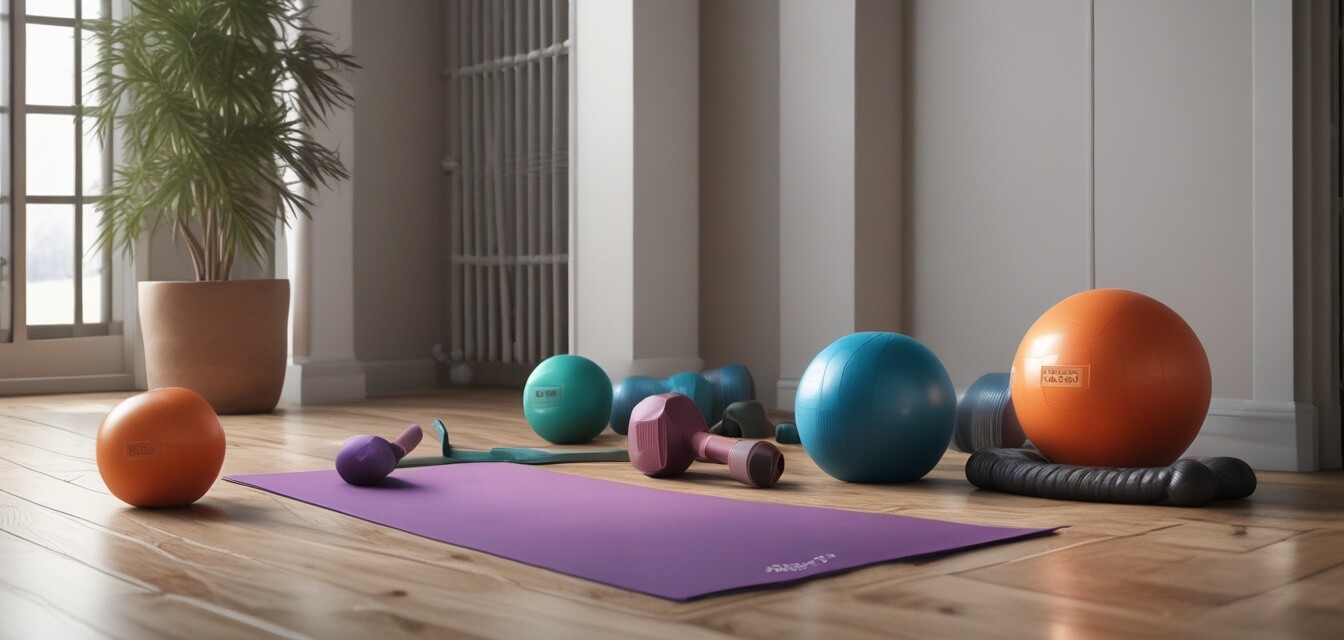
Finding Your Ideal Bodyweight Training Routine
Key Takeaways
- Bodyweight training is versatile and suitable for all fitness levels.
- Understanding your fitness goals helps tailor your routine.
- Incorporate variety to keep your workouts engaging and effective.
- Consistency and progression are vital for achieving results.
- Warm-up, cool down, and listen to your body.
Bodyweight training is an effective and accessible way to enhance your fitness journey. Whether you're looking to build strength, improve endurance, or enhance flexibility, a well-structured routine can help you achieve your goals. By leveraging your own body weight, you can perform exercises anywhere, making it a perfect fit for busy working professionals.
Understanding bodyweight training
Bodyweight training involves using your body weight as resistance to perform exercises without needing external weights. This form of training improves strength, flexibility, balance, and endurance—all essential components of fitness. Furthermore, it is widely adaptable, making it suitable for beginners as well as advanced athletes.
Setting your fitness goals
Before crafting your bodyweight training routine, it’s important to identify your fitness goals. Here are some common objectives:
| Fitness Goals | Description |
|---|---|
| Strength Building | Focus on exercises that promote muscular strength and stability. |
| Endurance | Increase the time or repetitions of exercises to improve stamina. |
| Flexibility | Incorporate stretches and mobility drills into your routine. |
| Weight Loss | Combine strength and cardio-focused workouts aimed at burning calories. |
Choosing the right exercises
When building your workout, include a variety of exercises targeting different muscle groups. Here’s a list of bodyweight exercises suitable for all levels:
- Push-ups: Great for building upper body strength.
- Squats: Target your legs and core stability.
- Lunges: Enhance balance while strengthening legs.
- Planks: Excellent for core strengthening.
- Burpees: A high-intensity full-body exercise.
- Mountain Climbers: Boosts agility and cardiovascular fitness.
Creating your routine
A well-balanced bodyweight training routine typically consists of a warm-up, the main workout, and a cool-down. Here’s a simple structure you could follow:
Sample Bodyweight Training Routine
| Exercise | Repetitions | Sets |
|---|---|---|
| Push-ups | 10-15 | 3 |
| Squats | 15-20 | 3 |
| Lunges | 10-12 per leg | 3 |
| Planks | 30-60 seconds | 3 |
| Burpees | 10-15 | 3 |
Tips for beginners
Beginner tips
- Start slow: Develop a routine that suits your current fitness level.
- Focus on form: Proper technique reduces the risk of injury.
- Listen to your body: If something doesn’t feel right, don’t push through it.
- Track your progress: Keep a workout log to see how you improve over time.
- Mix it up: To prevent boredom, vary your exercises every few weeks.
Incorporating variety
To maintain interest and continue progressing, it’s crucial to alter your routine. Consider changing the types of exercises you include, the order in which you perform them, or the number of repetitions and sets. Additionally, exploring different styles of workouts, such as circuit training or interval training, can help you find what you enjoy most.
Conclusion
Designing your ideal bodyweight training routine is a personal journey influenced by your goals, fitness level, and preferences. By following the guidelines outlined above, you will create a sustainable and engaging workout plan that can be adapted as you progress. Remember, the key to fitness success is consistency and a willingness to adapt your routine as needed.
For more helpful advice on fitness routines and equipment, check out our section on Tips and advice and explore our Home gym essentials to equip yourself properly.
Pros
- Can be done anywhere without needed equipment.
- Increases strength and flexibility without heavy lifting.
- Accessible for all fitness levels.
Cons
- May require more creativity to ensure variety.
- Advanced strength training may plateau without weights.